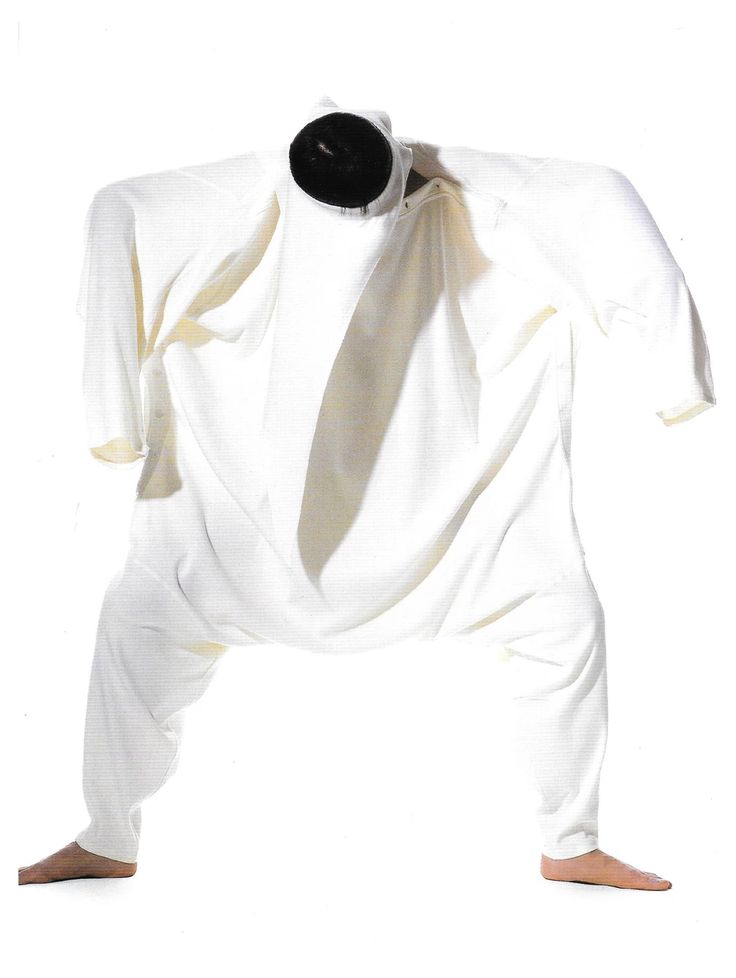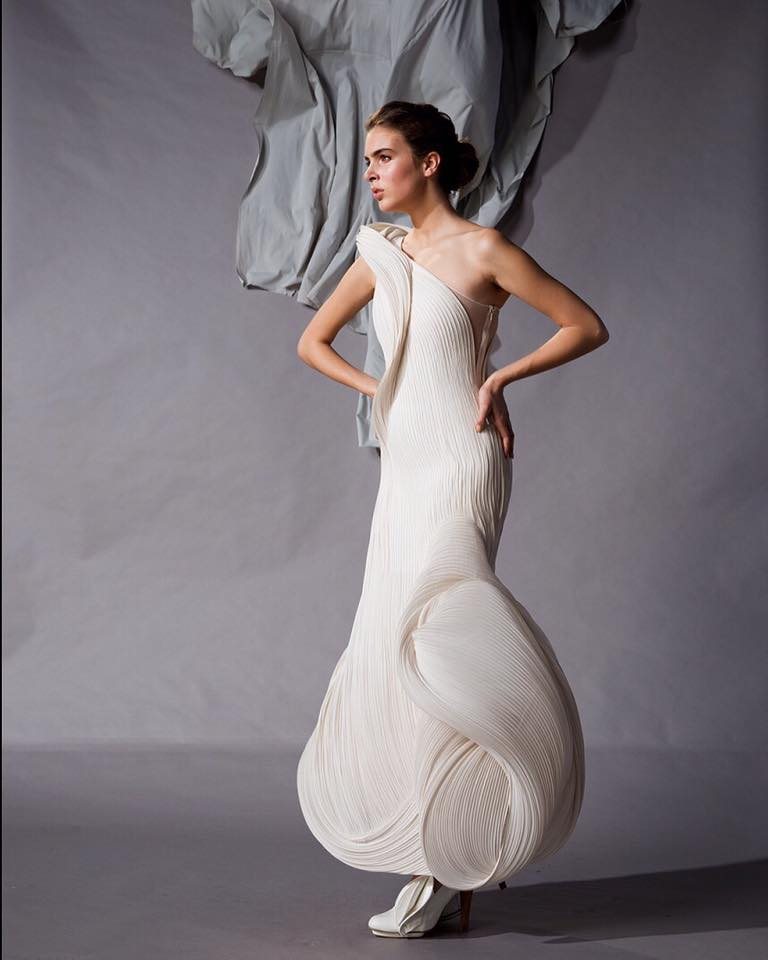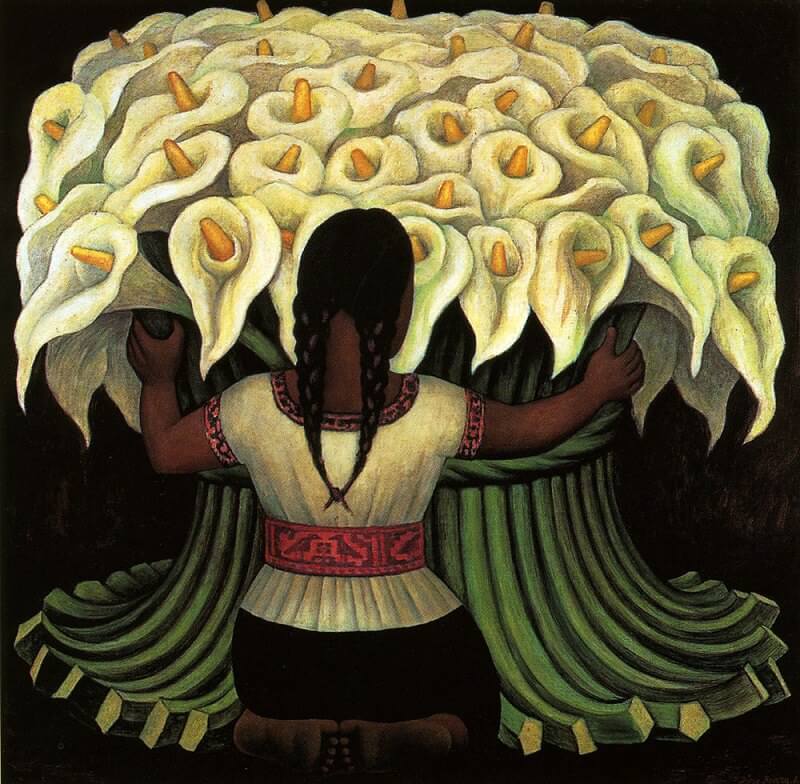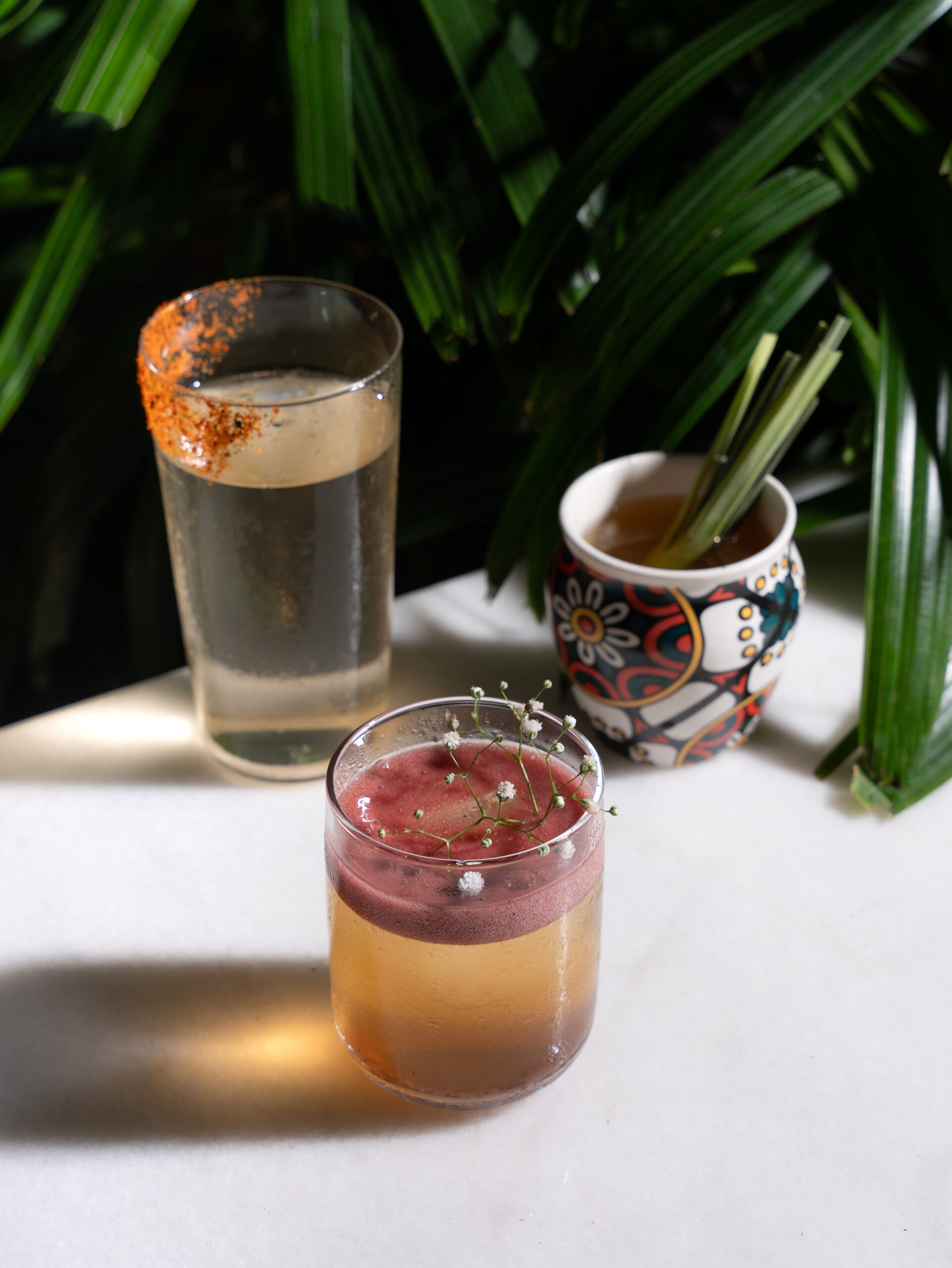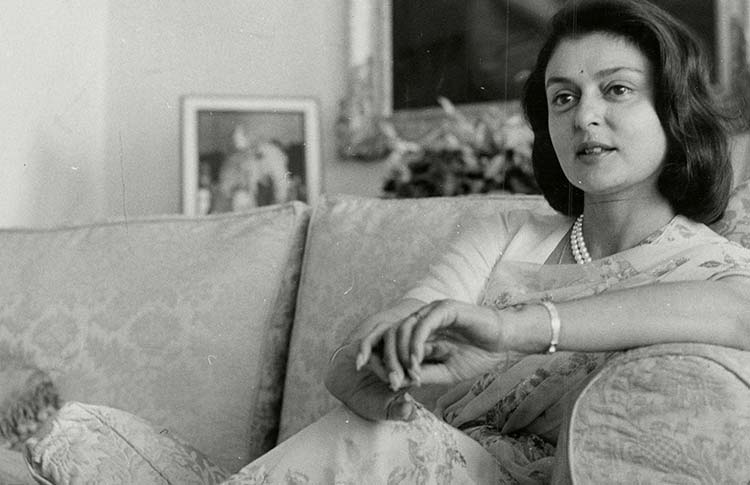Artificial Intelligence (AI) is fundamentally altering the fashion landscape, bringing about transformative changes in design, trend prediction, and consumer engagement. Much like photography revolutionising the way we capture and immortalise moments, AI is streamlining fabric innovation and trend forecasting in fashion, offering designers unprecedented creative opportunities. AI’s integration into fashion represents a logical evolution, akin to photography’s journey from its early beginnings to today’s digital era. Just as photography evolved from laborious processes to instant digital images, AI expedites and enhances both fabric development and trend analysis. This advancement is propelling the fashion industry into a new design and consumer engagement phase, characterised by innovation and efficiency.
In the domain of fabric design and innovation, Artificial Intelligence (AI) serves as a catalytic force, shedding light on novel avenues. Designers collaborate with AI algorithms as their creative partners, fashioning fabrics that were once deemed purely speculative. These textiles transcend mere aesthetics, embodying practical features such as self-healing, moisture-wicking, and UV protection. AI’s impact on fabric design extends the frontiers of fashion, yielding garments that seamlessly merge beauty with durability and sustainability. In trend forecasting, AI assumes the role of a taciturn seer. Consulting firms deploy AI algorithms as digital prognosticators, meticulously analysing extensive datasets sourced from social media, fashion blogs, and diverse platforms to prognosticate forthcoming trends. This methodical, data-centric approach empowers designers to navigate ahead of prevailing trends, curating designs that resonate profoundly with contemporary sensibilities.
L: Sari by Gaurav Gupta x IBM’s cognitive tool, Watson
R: threeASFOUR Digital Couture, Fall 2022, titled “Ancestors”
The future of AI in fashion is poised for remarkable growth and innovation. With fashion weeks in major cities setting the stage, designers are actively incorporating AI into their design workflows. This fusion of AI and human creativity is anticipated to accelerate time-to-market, enhance sales efficiency, and elevate the overall consumer experience. Indian designers are embracing the usage of AI in design as a revolutionary tool that transcends conventional boundaries. This integration enables them to analyse vast amounts of data, understand consumer preferences, and predict future trends with unprecedented accuracy. As a result, they can craft garments that resonate with contemporary tastes while pushing the boundaries of traditional design, creating a new paradigm in the fashion industry.
Indian designers like Gaurav Gupta and Falguni-Shane Peacock are revolutionising the fashion industry by integrating AI into their design practices. Gaurav Gupta, for instance, partnered with IBM’s cognitive tool, Watson, to create a stunning sari gown. This collaboration involved the analysis of vast amounts of data from social media and other platforms to understand consumer preferences and trends. By harnessing AI, Gupta was able to craft a garment that resonated with modern tastes while honouring traditional aesthetics.
Similarly, companies like Stylumia are embracing AI to enhance their operational efficiency. Stylumia uses AI algorithms to analyse and rank product trends, providing clients with valuable insights into real-time consumer demand. This data-driven approach enables fashion brands to optimise their production processes, reduce waste, and increase profitability.
Norma Kamali’s approach to teaching AI her design style, essentially downloading her brain is a pioneering step that underscores the transformative potential of AI in the fashion industry. By imparting her creative essence to AI, Kamali ensures that her legacy endures even after she steps back from her company, highlighting a new dimension of sustainability in the world of fashion.
The future of AI in fashion is indeed promising, marked by a surge in innovation and growth. Fashion weeks in major cities are witnessing the integration of AI into design workflows, heralding a new era where technology collaborates with human creativity. This collaboration is expected to revolutionise various aspects of the industry, from expediting the time-to-market for new designs to enhancing sales efficiency and, crucially, enriching the overall consumer experience. As AI continues to evolve, it has the potential to redefine the very essence of fashion creation, not as a replacement for human creativity, but as a powerful tool that amplifies and extends the reach of designers, ensuring that their unique styles and visions endure long into the future.
Words by Esha Aphale.
Featured image by Irving Penn for Issey Miyake (1988) (ARCHIVE.pdf).
